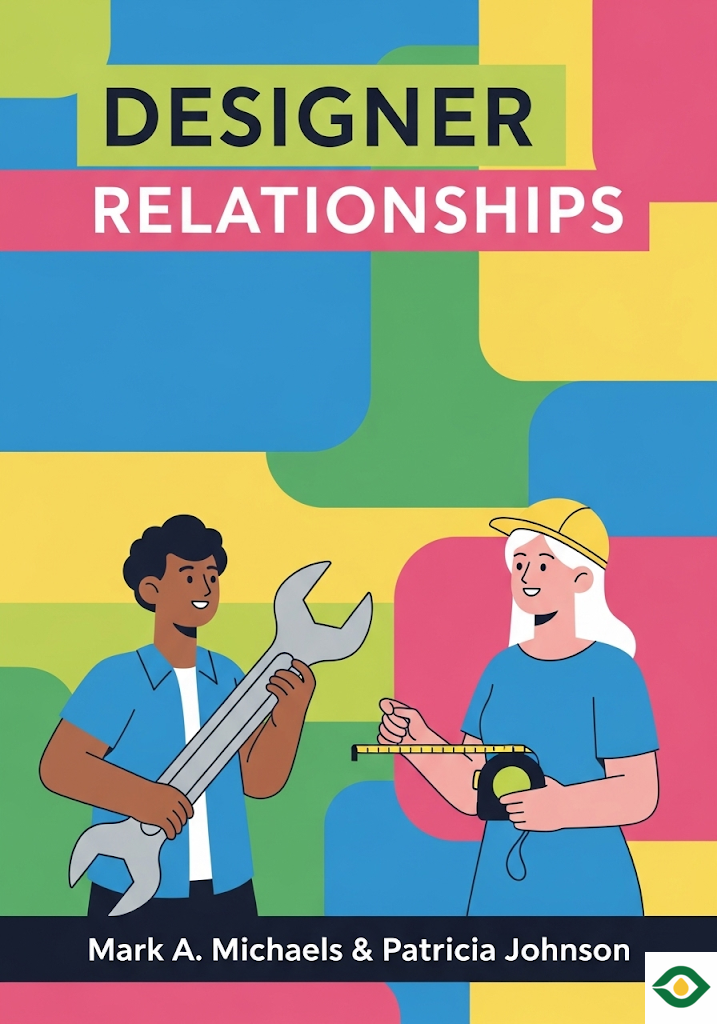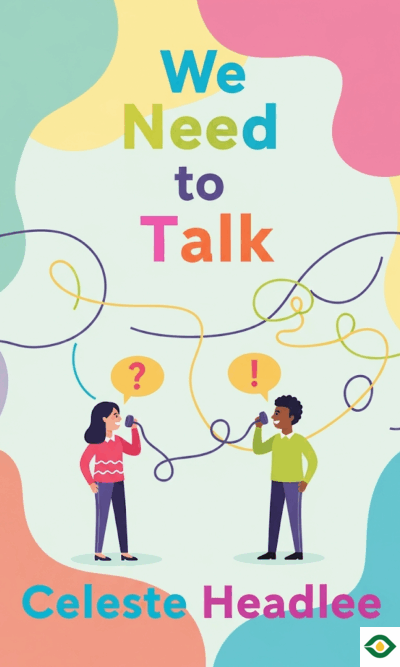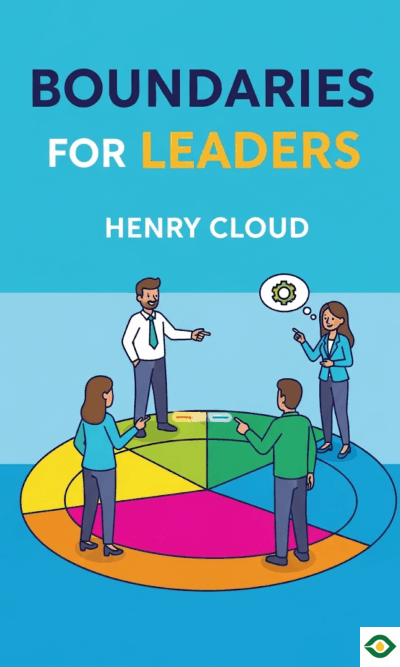Description
Relationships today are not what they used to be. In the past, people were expected to follow one path: find a partner, marry, stay together for life, and remain monogamous. For many, that worked. But for others, it felt restrictive, leaving no room for personal desires, freedom, or the changing realities of modern life. Today, there is a growing idea that love does not have to fit into one box. People are discovering that they can create what is known as “designer relationships.”
A designer relationship is simply a partnership that is intentionally shaped by the people in it. Instead of following rules handed down by tradition or society, the partners themselves decide what works best. They ask questions like: What do I want in a partner? How much closeness do I need? Do I want sexual exclusivity, or do I prefer freedom to connect with others too? The answers to these questions can look very different from one person to another, and that is the whole point.
One of the main strengths of designer relationships is choice. Rather than assuming that monogamy is the only “right” option, people are free to explore alternatives. Some may choose to remain single while still forming meaningful emotional connections. Others may want to be sexually exclusive with just one person, but only after exploring other options and deciding that exclusivity is what they truly value. Still others may prefer to have multiple romantic or sexual partners, all openly and with consent. These arrangements may include polyamory, open relationships, swinging, or simply a mix of emotional and sexual connections that feels right.
At their core, designer relationships depend on communication. Traditional monogamy often comes with unspoken assumptions: you’re expected to know what your partner means when they say “commitment,” and boundaries are rarely discussed until there’s a conflict. In contrast, people in designer relationships are encouraged to sit down and talk openly. What are the boundaries? What is okay and what isn’t? What are the expectations about time, intimacy, or even living arrangements? This honesty can prevent misunderstandings and, more importantly, create a deeper sense of trust.
Another important feature is flexibility. Life changes, and so do people. The relationship you design today might need adjustments tomorrow. Maybe one partner’s needs shift, or maybe both discover new interests or desires. Instead of clinging to rigid rules, designer relationships allow space for growth. It’s not about locking yourselves into one model forever, but about adapting together as things evolve.
Of course, choosing a designer relationship doesn’t mean everything is easy. There are common misconceptions and fears. One myth is that non-traditional relationships are more likely to spread sexually transmitted infections. In reality, many people in open relationships are more careful, because honesty and safety are central values. Another myth is that people in nonmonogamous relationships can’t form deep intimacy. But intimacy is not about exclusivity—it’s about communication, trust, and emotional closeness. Many couples in open or polyamorous arrangements report even stronger intimacy because they’ve learned to talk through difficult feelings.
It’s also important to separate consensual nonmonogamy from cheating. Cheating involves lying, hiding, and breaking trust. Designer relationships are the opposite: they require honesty and transparency. If all partners know what’s happening and agree to it, then it’s not cheating. In fact, the clarity of consent often leads to healthier dynamics than in secretive affairs.
Another skill that helps in these relationships is self-awareness. You have to know your own needs, limits, and desires. Without that, it’s impossible to communicate clearly or make fair agreements. Self-reflection might reveal that you crave more independence, or that you feel happiest when your partner is your only romantic focus. Both are valid—it’s about knowing yourself.
Trust also plays a central role. Any relationship, whether monogamous or not, needs trust to survive. But in designer relationships, trust is tested in unique ways. You may need to handle feelings of jealousy, insecurity, or fear. This doesn’t mean jealousy disappears. Instead, partners learn to talk about it openly. Sometimes, people even develop something called “compersion,” which is the joy of seeing your partner happy with someone else. It may sound unusual, but many describe it as deeply rewarding, because it shifts the focus from competition to shared happiness.
Practical tools can help, too. Some couples practice intimacy exercises, like eye contact or mindful touch, to strengthen their connection. Others set aside specific times for honest conversations about boundaries or desires. Some agree to experiment with fantasies together before involving other partners, which strengthens their bond before expanding outward. These habits create safety and closeness, which make it easier to face challenges together.
For couples considering opening their relationship, it’s essential to go slowly. Jumping into outside relationships without preparation can cause hurt or confusion. It’s better to start with honest talks, shared fantasies, and small steps. Couples might try new experiences together, such as exploring workshops, trying role-play, or going to social events where openness is normal. These shared experiences build confidence and make it easier to face new territory as a team.
Boundaries must always be respected. Clear agreements about what is and isn’t acceptable are non-negotiable. For example, a couple might agree that safe sex is required with any outside partner. Or they may agree that emotional attachments are okay, but only certain activities are reserved for the primary relationship. These agreements don’t limit freedom—they actually provide security. When both partners know the rules, they can explore without fear of betrayal.
It’s also vital to normalize the idea that not everyone has to choose the same model. Some people are happiest in monogamous partnerships, others thrive in polyamory, and still others prefer not to partner at all. The goal of designer relationships is not to say one way is better, but to remind us that choice matters. Love can look different for each person, and that is okay.
Children and families are sometimes brought into the discussion. Some believe only monogamous households are stable. But research shows that what matters most is not the number of partners, but the presence of love, stability, and support. A child raised in a household with multiple caring adults can thrive just as well, sometimes even gaining the benefit of more support and guidance.
Ultimately, designer relationships challenge us to rethink love. Instead of following a script written centuries ago, we can create something new. That might mean exclusivity, it might mean openness, or it might mean anything in between. The key is that it’s built with intention, communication, and care.
In the end, love is not one-size-fits-all. By embracing flexibility, trust, and honesty, we can create connections that feel authentic and fulfilling. Whether someone chooses one partner, many, or none, the true success of a relationship comes from mutual respect and conscious design. Designer relationships invite us to imagine love not as a rulebook, but as an open canvas—one where we are free to design the connections that truly reflect who we are.





